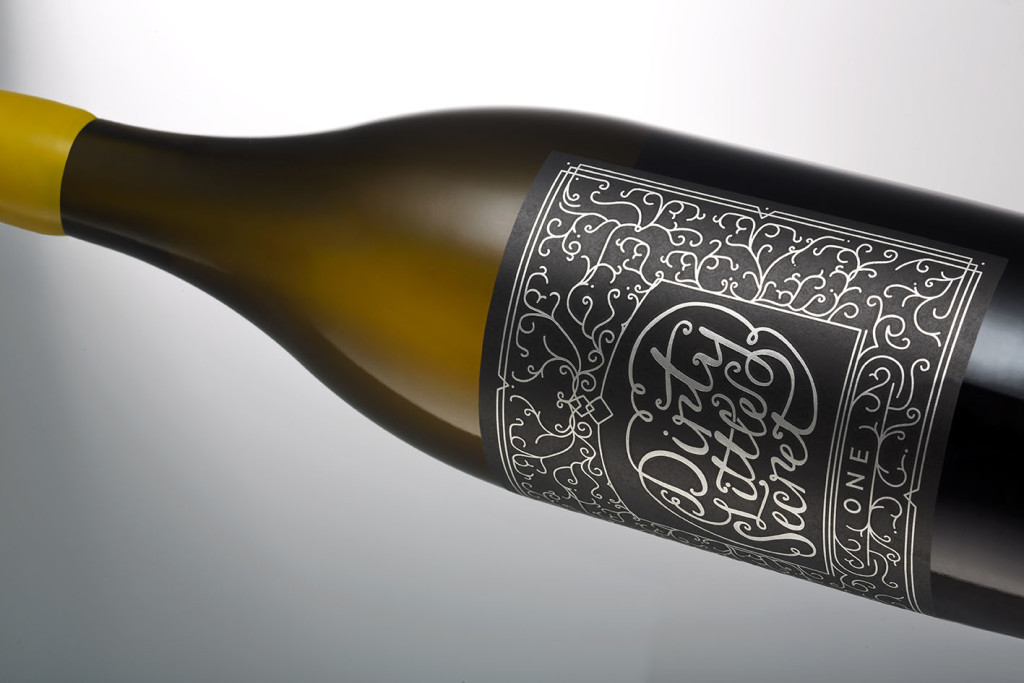Is a R1 000 bottle of wine really 10 times better than a R100 bottle? Ken Forrester’s latest Chenin offering prompts Joanne Gibson to take a look at luxury wine pricing.
It is generally agreed that premium South African wines represent excellent value for money – indeed, are undervalued – relative to wines which are of a similar quality from other countries.
As far as red wines go, we now have quite a few that are raising the bar. For example, Kanonkop’s Black Label Pinotage 2014 recently top-scored in a blind taste-off of South Africa’s top luxury reds, organised by online fine wine merchant Wine Cellar. Yet, at R1 450 a bottle on the Wine Cellar website, it is ‘cheap’ in comparison to the Delaire Graff Laurence Reserve 2012 at R2 450, or the De Toren Book XVII 2013 at R2 550.
When it comes to whites, on the other hand, the Capensis Chardonnay 2013 raised a few eyebrows when it launched last year for R935 a bottle, and now Ken Forrester has shaken things up even more with the launch of his Dirty Little Secret 2015, a Chenin Blanc priced at R950 a bottle, more than double the price of this iconic The FMC, at R449. ‘When we started selling The FMC in 2002 (the 2001 vintage) at R160 per bottle, it was outrageous for white wine and absolutely unheard of for Chenin,’ says Forrester. ‘The door has been wide open since then for a new benchmark, but it was only when I found this very special site planted in 1965, that I decided to stand up and brave the flak to produce a suitable wine to fill that spot.’
He says Dirty Little Secret ticks all the right boxes for luxury pricing: an ancient vineyard, unirrigated bush vines, limited and variable production, hand harvesting, skin maceration, native yeast fermentation and malolactic fermentation in French oak barrels, sulphur dioxide levels in line with ‘Natural Wine’ legislation, as well as racking by hand, settling for five months, nothing added for fining or stabilisation,a final yield of only eight barrels, highly detailed packaging, waxing and labelling by hand, and ‘mountains of stress and gallons of sweat to get it to a point where I believed it had sufficient intrinsic quality and character to uphold icon pricing’.
But Forrester is the first to admit that price, or public perception of price insofar as it relates to value or aspirations, is an utterly personal thing. ‘Frankly, is Lindt worth three times Cadbury? Is a Ferrari better than an Audi? Can one truly justify the price of a jar of Crème de la Mer? Similarly, can one justify paying double the economy airfare to sit in premium economy with the same food and drink and arrival time? Or double that again for business class? Ask 10 different people and you’ll get 10 different answers. But if anyone says, “Because I’m worth it,” (to borrow L’Oréal’s tag line) it starts to make sense.’
Finding a market among people who buy expensive wines for the same reason they wear Jimmy Choo shoes and drive expensive sports cars is not sustainable, as these fashionistas will almost certainly move on when the next, even higher priced wine comes along. Serious wine collectors, connoisseurs and investors, on the contrary, won’t readily invest in a wine they have never heard of. Its producer needs to have a good track record and also, above all, credibility, which Ken ‘Chenin King’ Forrester is fortunate to have in abundance.
I think Dirty Little Secret is stunning, but is it really twice as good as The FMC, or eight times as good as the Old Vine Reserve Chenin Blanc 2015 at R118? Most probably not, if you approach wine the way an accountant would, but it may well be if you enjoy your wine in the same way that some people appreciate opera or collect art, seeking beauty and singularity, intrigue and stimulation.
Photography: Courtesy Image

